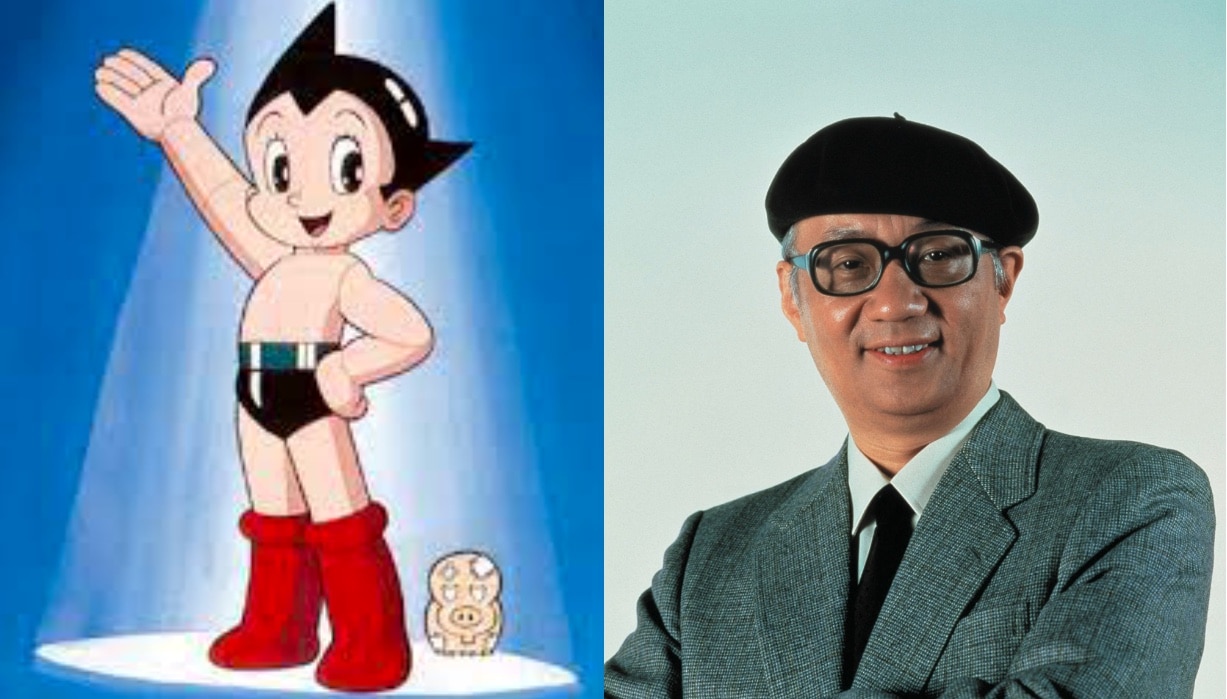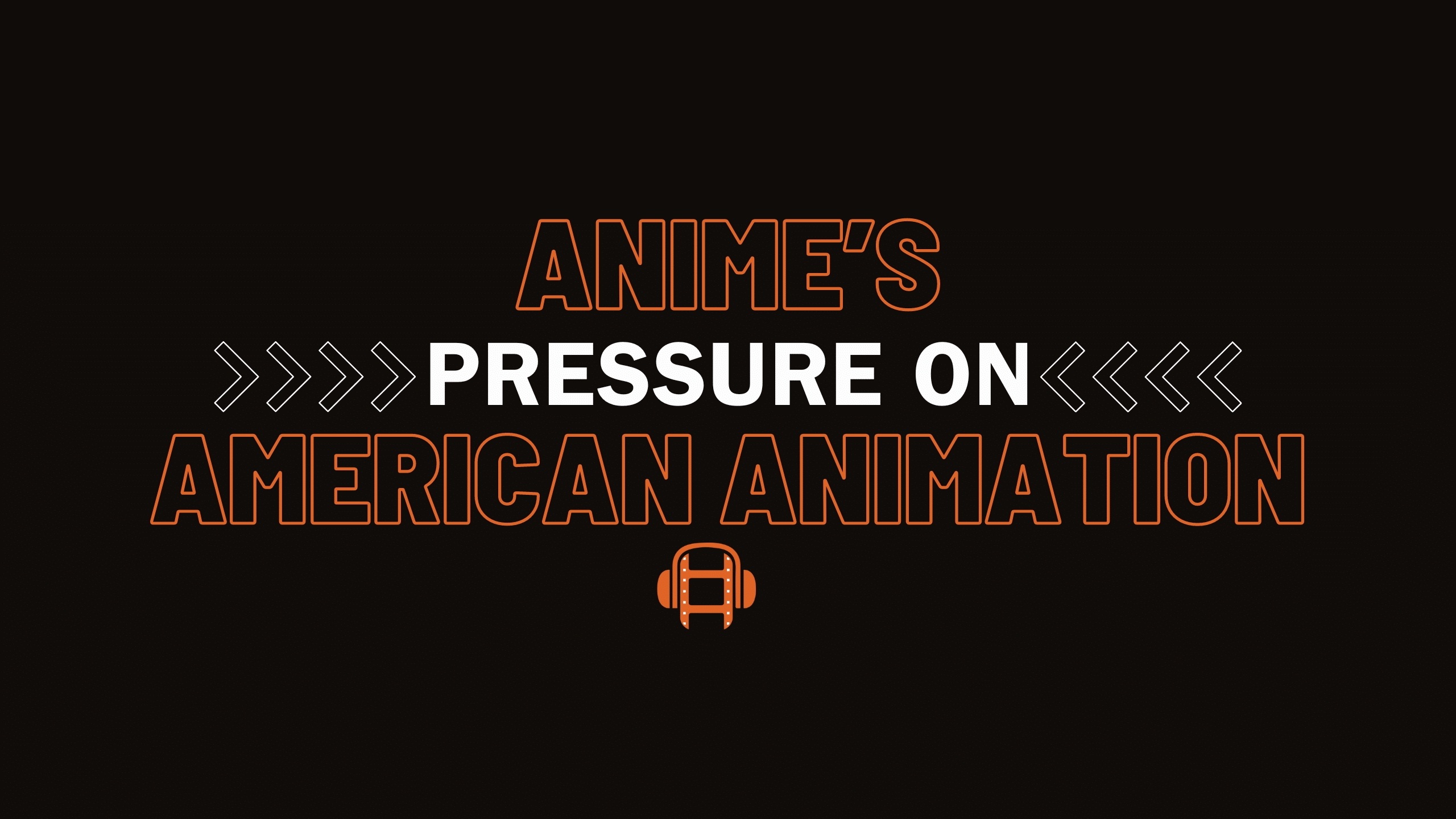Animation is for the children, adults, and every person in between! In 2021, the size of the global animation market increased by five percent to over 372 billion U.S. dollars. The medium is an ever-growing one, in both target audiences and genres; think about it, you can learn to animate ANYTHING. The goofiest, most unrealistic scenario can be done up into the most entertaining visual, like in the classic Tom and Jerry cartoons. On the flip side, the saddest, morose, yet oddly calm feeling can be portrayed through skilled animations, like in Ghilbi films by Japanese filmmaker Hayao Miyazaki. Not to mention the countless applications across the film, TV, video game, and other entertainment industries; it is clear that skilled animation needs are growing every year.
Worldwide, Japanese anime is the 3rd most in-demand subgenre with a 5.5% demand share, only behind crime dramas and sitcoms. For an art that is just over 100 years old, it has seen a massive worldwide boom and is a profitable industry to be in. American animation has seen massive success as well, considering Disney is one of the largest media conglomerates in the world, owning Pixar and other beloved animation studios.
It goes without saying that two international trailblazers in the animation industry would have influenced each other greatly over the industry’s history. The question is: how?
As a leading subgenre in animation and overall media viewership in the 2020’s, Japanese anime has heavily impacted the direction of certain genres of American animation. While the first animations out of Japan date back as far as the 1910’s, the first anime “Tetsuwan Atomu” (Americanized, Astro Boy) was released in Japan on January 1, 1963. Based on a manga serialization by the same title; in a Japanese “boy’s magazine”, or shōnen magazine; the title dealt with emotional topics like abandonment, grieving the death of a child, and identity issues. What became the “shōnen” anime genre; including classics such as the Dragonball and Naruto series; would go on to heavily influence the structure of both anime and many American animated series.
When the show “Astro Boy” hit American screens in September of 1963, American animation was still often referred to as “children’s animation”. American animated films coming out at the time included Disney classics like “Cinderella” and “Sleeping Beauty”. These films were largely targeted for children’s entertainment. That said, American animators had tinkered with the idea of adult-targeted animation as early as 1954, with the release of “Animal Farm”; though this attempt at widening the target audience of animation wasn’t as financially successful.
Japan’s Astro Boy was, for many Americans, the first friendly introduction to Japanese culture; an important detail considering World War II had ended less than 20 years prior. With more thoughtful, complex, imperfect characters, versus the “fairytale perfect princess” characters, it did well in the United States, encouraging a shift in American animation to occur.
The “godfather of anime” was the creator of “Astro Boy”. Osamu Tezuka was a man who felt that the world needed an “international language” or a way for humans all over the world to communicate with each other where major communication barriers existed. With the way anime has grown in the U.S. and worldwide, it’s safe to say that he succeeded.
Contributing to his success were key visual and thematic elements present in that first anime, elements that would be seen in future anime and then flood into American animation; like large eyes to show emotion, or an unlikely, imperfect character becoming a powerful hero.
Increased intermingling of Eastern and Western animation styles proved quite successful, and led to collaborations between Japanese and American animators by the 1980’s, with popular shows like “Transformers” being made. In the case of “Transformers”, Americans wrote the scripts and Japanese artists animated the content based on the Japanese “mecha” style. The show became wildly popular with this collaboration, and American animators took note regarding the aspects that consistently satisfied audiences. We’re still seeing American “Transformers” films to this day! The modern film franchise heavily utilizes a different type of computer generated effects, but those animations are still based off of the “mecha” Japanese art style.
The profitability of these collaborative projects was undeniable, and some American animation studios later saw an opportunity to bring whole projects “in-house”, versus collaborating, taking what they’d learned while working with Japanese animators.
American studios were also able to see the growing international fanbases of anime from the 90’s on, like “Dragonball”, “Sailor Moon”, and “Pokemon”. One of the most prominent elements pulled by American animators from shows like this is the “kawaii” aesthetic, the Japanese term for looking “cute” and “endearing”, even if the content is more serious.
The elements and pressures from the growing popularity of anime in the US; a country with ever-growing “nerd culture”; can be seen in American animated TV like Cartoon Network’s, “The Powerpuff Girls”. In about 60 years, American animation went from “princesses with shallow conflict”, to “spunky girls being powerful superheroes with complicated scenarios to resolve”.
The shift was largely influenced by anime’s successes and Japanese thematic and visual elements, like Kawaii’s oversized eyes. These elements are sure to have bolstered the success of American shows like “The Powerpuff Girls.”
While American animation saw its own successes before anime’s influence, a push from Japanese anime towards more complicated, relatable themes for a wider audience is really what pushed the industry to the heights it has reached today. Well-loved, and highly profitable American shows from the 1990’s and 2000’s, like “Samurai Jack” and “Avatar: The Last Airbender”, pushed the boundaries of what American animation could be and they wouldn’t exist without the influence of Japanese animation.
MediaTech’s “Animation and Visual Effects” program delves into the different styles of visual storytelling, as well as how to utilize industry standard tools to creatively tell a story that will stick with audiences. We look at the history of the industry, but more importantly, we look forward, providing the best tools to our students who wish to become industry professionals.
We harness how the visual language of animation can be employed in all corners of the entertainment industry, from film, TV, video games, and beyond. At MediaTech, our experienced animation and VFX industry professors aim to teach those wanting to breach this industry with storytelling that applies the powerful visual language of animation.

“Astro Boy” and the “Godfather of Anime” Osamu Tezuka”

Example of “Kawaii” elements in the anime “Sailor Moon” and American show “The Powerpuff Girls.”
Take a tour
Are you ready to turn your PASSION into a PROFESSION? Daily tours are available from 10am-5pm and we welcome walk-ins. Each tour will last approximately 45 minutes.
If you’d like to book a tour in advance, you can book by calling the campus directly or by using the scheduling buttons to book online and choose a time that works best for you.

